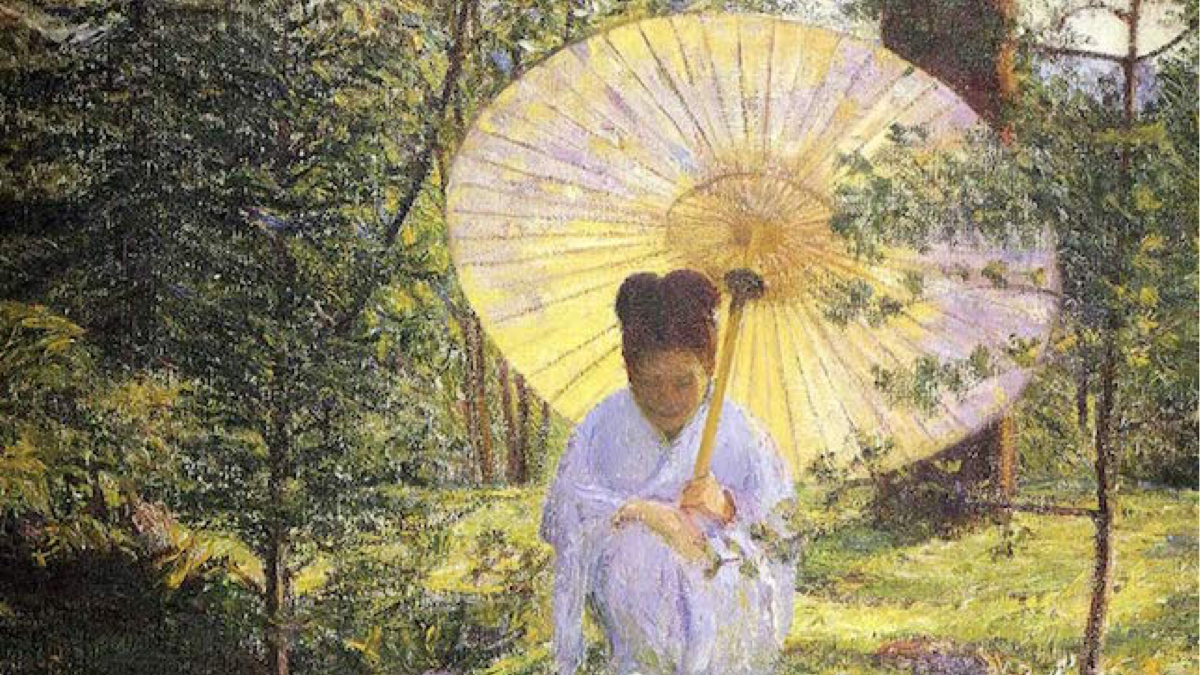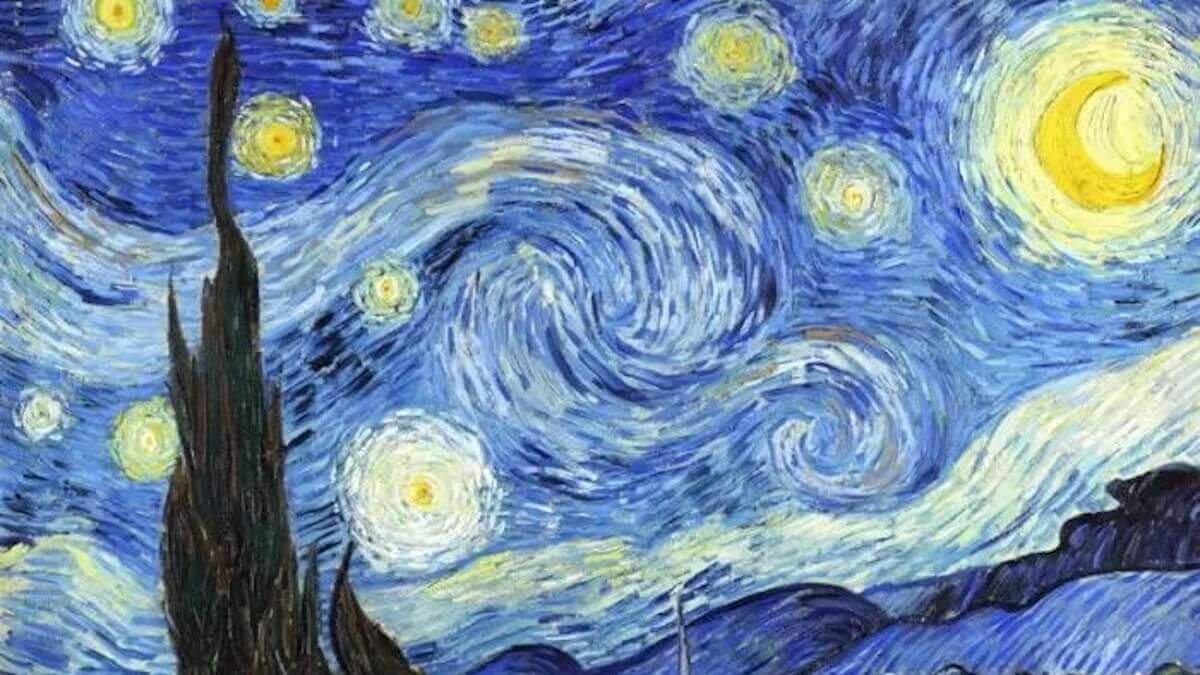
11 Things You Should Know About Claude Monet

Today, it’s rare to come across a person who doesn’t like Claude Monet‘s paintings. An undisputed master of impressionism, he set the new rules of artistic practice and revolutionised it forever… But do you truly know this great painter? Here are 11 things to know about Claude Monet!
Key Moments in Monet’s Career:
- 1858: Monet produced his first outdoor painting, ‘View from Rouelles.’
- 1866: His painting ‘Woman in a Green Dress’ is accepted by the Paris Salon.
- 1872: Monet produces his first masterpiece, ‘Impression, Sunrise.’
- 1874: He exhibits 12 works at the first Impressionist exhibition in Paris
- 1897: He begins work on Water Lilies, a project that he would continue to work on for the rest of his life.
- 1916: Monet begins painting the large Water Lilies, including the Panorama paintings and the triptychs.
- 1926: Monet dies of lung cancer.
1. He had a nasty personality

Claude Monet is well known for his paintings, his water lilies, his big beard, and his Japanese garden in Giverny, but also for his vile temper… As a matter of fact, he wasn’t particularly liked in Giverny, lived only for painting, and surrounded himself with friends who were as difficult to be around as he was, such as Georges Clemenceau and Auguste Rodin. He was known to be extremely selfish!
2. As a child he was very restless, but was already drawing

Already as a child, Claude Monet drew cartoons on his notebooks, to the great displeasure of his father (that’s right, even geniuses didn’t pay attention at school, if that makes you feel better)! Monet was a restless child; nevertheless, he caught the attention of the painter Eugène Boudin in Sainte-Adresse, who took him painting outside by the sea and inspired his brushstrokes. Monet said of him: “Eugène Boudin is the only man I know who caresses clouds the way you caress the shoulder of your mistress”.
3. He wanted to become a portrait painter
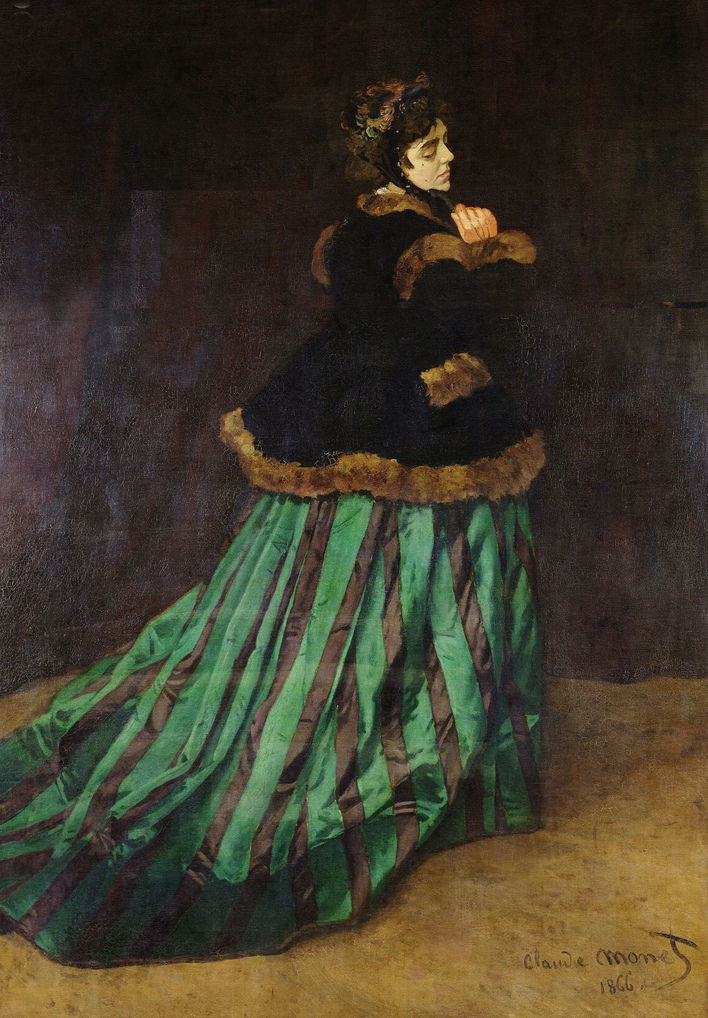
Claude Monet often painted his wife Camille. Among others, he painted this famous portrait (shown above), which was a resounding success at the 1866 salon in Paris. As a result, Monet considered becoming a portrait painter. While painting women in gardens, he discovered his love for nature and light and for the instable and fragile nature of landscapes and colors.
4. Like many artists, he was broke for much of his life

Claude Monet was true to the stereotype of the accursed artist! Painting did not offer him a comfortable life. He borrowed money from friends but was forced to move back in with his parents and to live apart from his wife Camille to survive. His father gave him little money and it was his aunt who met most of his needs. Later, in 1876, the couple Camille and Claude Monet became close with a couple of collectors, Ernest and Alice Hoschedé. They even lived together, all four of them! Fortunately, in 1870 in London, Monet met the well-known art dealer Paul Durand-Ruel, who supported him professionally for his entire life.
5. He was obsessed with light and water
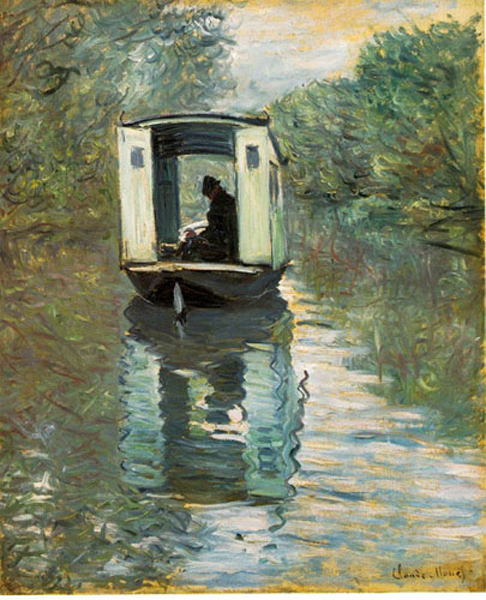
Ultimately, Claude Monet was fascinated by light, shimmering reflections in the water, and rays of sunshine piercing through tree canopies. He even set up his workshop on a boat so that he could discover various points of view and be as close as possible to the mesmerizing waves…
6. He painted the same subject several times
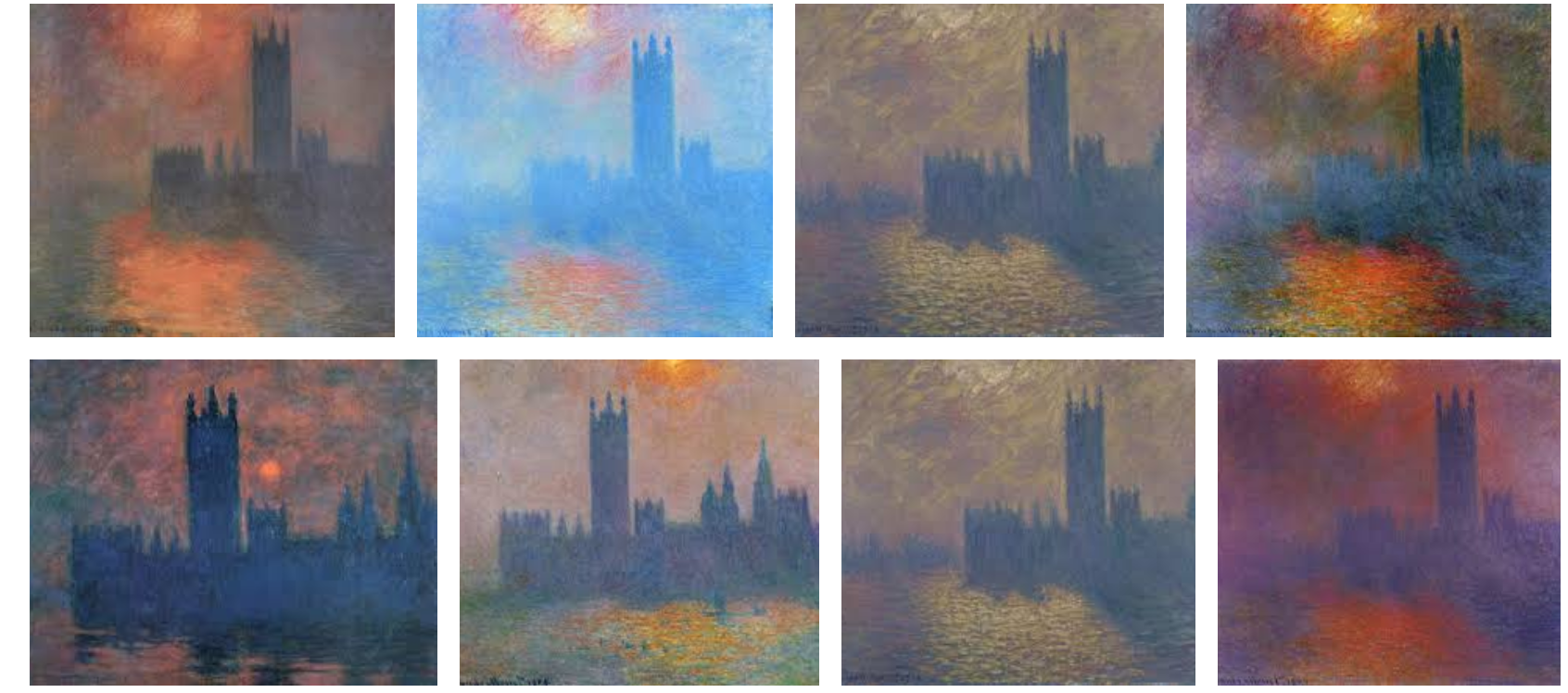
The most interesting aspect of Monet’s paintings is his subjectivity and the way he saw things. Luckily for our eyes, the way he saw things changed constantly. It fluctuated with the seasons, the light, the time of day… This is why Claude Monet strove to paint the same subject several times; he believed an object was born through light. His series of paintings include the trains, London and particularly the Parliament, water lilies, hay stacks, the sea, the snow, and many others.
7. His romantic relationships were… complicated

Brace yourselves, because Claude Monet’s intimate relationships aren’t that easy to follow! Claude Monet first met Camille, who became his wife and gave birth to their sons Jean Monet and Michel Monet. In the 1870s, Monet had an affair with Alice Hoschedé, the wife of Ernest Hoschedé; they were a couple of collectors, and the painter and his wife Camille even lived with them. After the deaths of Camille Monet and Ernest Hoschedé, Claude Monet and Alice were married. They brought up Claude Monet’s two sons and Alice’s six children, of which the last, Jean-Pierre, was also Claude Monet’s. His son Jean married Blanche Hoschedé, Ernest and Alice Hoschedé’s daughter.
In 1926, towards the end of his life, Claude Monet had a relationship with Blanche Hoschedé, after the deaths of Alice and his son Jean, who had been married to Blanche.
8. He very often painted members of his family

Claude Monet’s paintings often depict people from his family. His parents, his wife Camille, his son Jean, but also Alice and her daughters… He went as far as painting several characters on the same canvas but made his wife Camille “play to role” of each character.
9. The last years before his death were quite tragic

Just as he was at the peak of his career after painting “Water Lilies”, Monet developed a cataract that severely affected his eyesight and his perception of colours. Nature is so cruel! Despite his friend Clemenceau’s insistence that he should undergo surgery, the stubborn painter refused for a long time, then had surgery on his right eye. He also lost many loved ones: his friend Pierre-Auguste Renoir, both his wives, his art dealer, his son Jean… It was his step daughter / daughter-in-law / mistress Blanche who took care of him.
Upon his death, his close friend Clemenceau refused to see him covered with a black cloth and replaced it with colourful, flowery curtains…
10. Painting was his entire life!
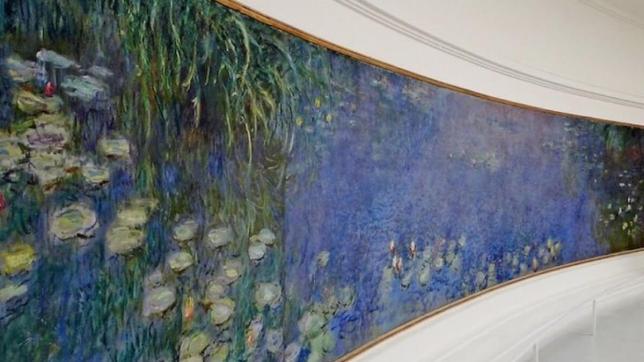
He clearly dedicated his entire life to painting! Politics did not interest him, and he often withdrew from his family to paint. He regularly confessed his love for nature and painting in letters to Camille and Alice. After Monet died, his son Michel inherited his works, which were then acquired by Musée Marmottan after Michel Monet’s fatal car accident.
11. Claude Monet changed the course of Art History

Monet’s work completely revolutionised art history. He was the demiurge of the impressionist movement. Before Monet, great painters mainly painted in workshops and sought a completely unrealistic outcome in paintings by depicting subjects individually, as if basing them on statues. Claude Monet, on the other hand, sought to depict lights, shapes, and colours as his eyes perceived them. It must be said that this practice was facilitated by two inventions: paint in tubes and the easel, which made painting outside easier. At the time, however, Monet’s painting Impression, soleil levant was mocked by the art critic Louis Leroy, who described the exhibition’s painters as impressionists, thereby giving this new movement the name “Impressionism”. It is therefore to Claude Monet that we owe the greatest works of the 19th and 20th centuries – those of Pissarro, Degas, Manet, and many more.
Key Monet exhibitions:
- 1874: The first Impressionist exhibition
- 1876: The second Impressionist exhibition
- 1879: Monet exhibits at the fourth Impressionist exhibition, where his Rue Montorgueil is the main attraction.
- 1909: A highly successful exhibition of 48 of Monet’s Water Lilies is held.
- 1914: 14 of Monet’s paintings are hung in the Louvre, one of the rarest of honors for a living artist.
- 1926: Monet dies and a collection of vast water lily canvasses are donated to the French state and are now found in the Musée de l’Orangerie in Paris.

About Artsper
Founded in 2013, Artsper is an online marketplace for contemporary art. Partnering with 1,800 professional art galleries around the world, it makes discovering and acquiring art accessible to all.
Learn more












